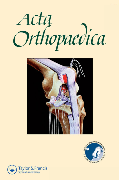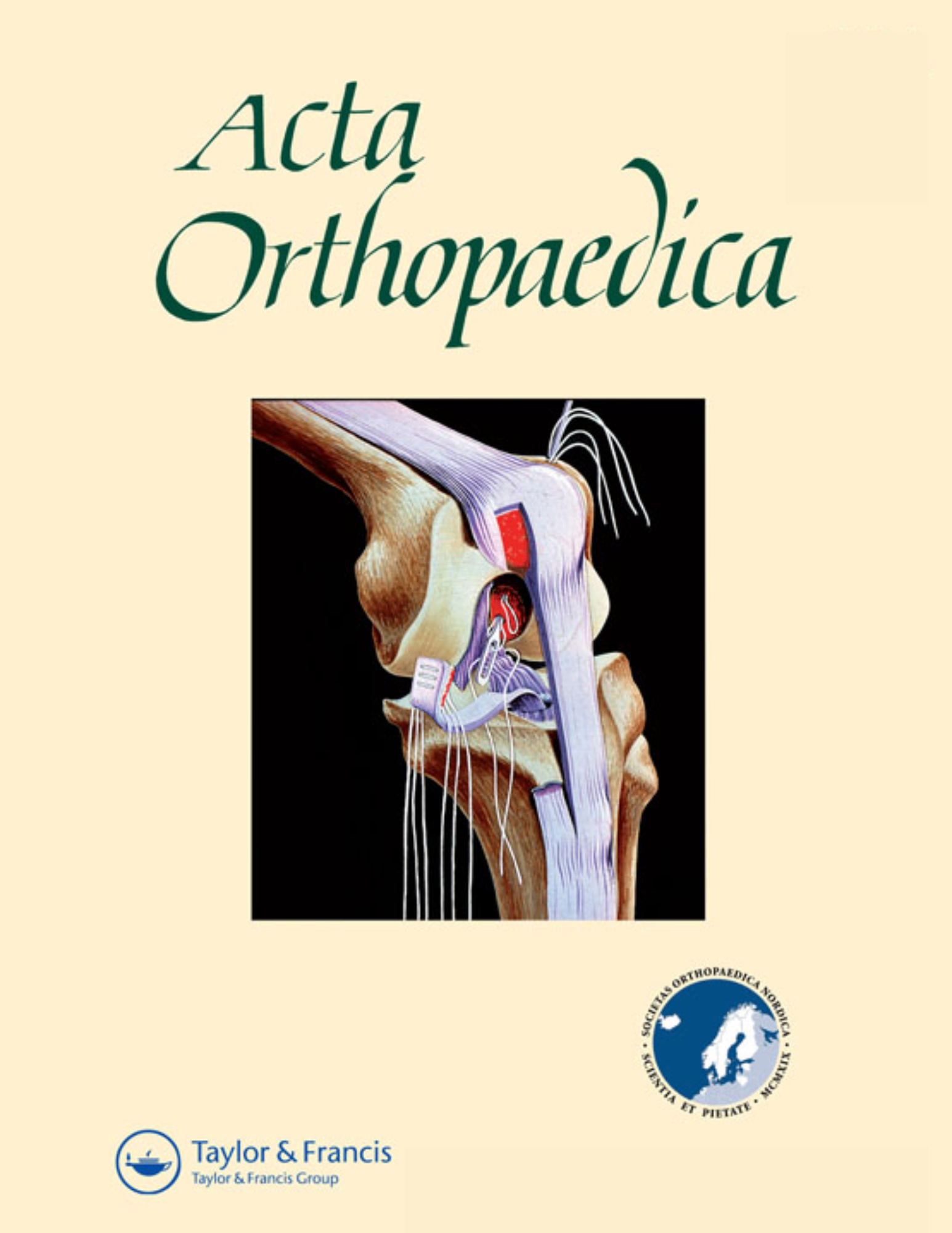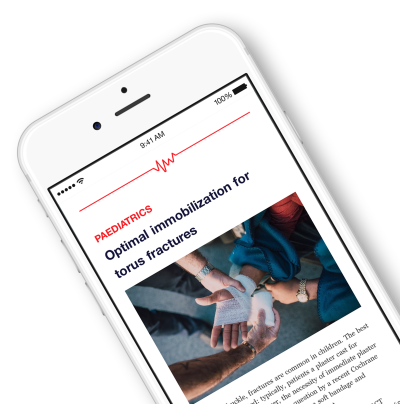
No clinical benefit in gender-specific knee prostheses in females after TKA .
No clinical benefit of gender-specific total knee arthroplasty
Acta Orthop. 2014 Aug;85(4):415-21Six randomized controlled trials were included in the meta-analysis, the purpose of which was to evaluate the clinical and radiographic outcomes of gender-specific prostheses to standard unisex prostheses in female patients undergoing total knee arthroplasty. Pooled data showed no significant benefit to using gender-specific components for total knee arthroplasty in females.
Unlock the Full ACE Report
You have access to 4 more FREE articles this month.
Click below to unlock and view this ACE Reports
Unlock Now
Critical appraisals of the latest, high-impact randomized controlled trials and systematic reviews in orthopaedics
Access to OrthoEvidence podcast content, including collaborations with the Journal of Bone and Joint Surgery, interviews with internationally recognized surgeons, and roundtable discussions on orthopaedic news and topics
Subscription to The Pulse, a twice-weekly evidence-based newsletter designed to help you make better clinical decisions
Exclusive access to original content articles, including in-house systematic reviews, and articles on health research methods and hot orthopaedic topics
































































